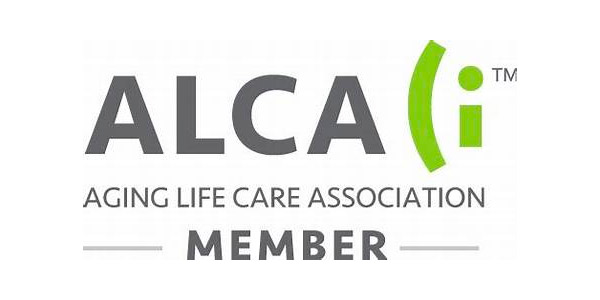A new paper suggests that it takes far less exercise than was previously thought to lower blood sugar after eating. By Rachel Fairbank. August 4, 2022
Walking after a meal, conventional wisdom says, helps clear your mind and aids in digestion. Scientists have also found that going for a 15-minute walk after a meal can reduce blood sugar levels, which can help ward off complications such as Type 2 diabetes. But, as it turns out, even just a few minutes of walking can activate these benefits.
In a meta-analysis, recently published in the journal Sports Medicine, researchers looked at the results of seven studies that compared the effects of sitting versus standing or walking on measures of heart health, including insulin and blood sugar levels. They found that light walking after a meal, in increments of as little as two to five minutes, had a significant impact in moderating blood sugar levels.
“Each small thing you do will have benefits, even if it is a small step,” said Dr. Kershaw Patel, a preventive cardiologist at Houston Methodist Hospital who was not involved in the study.
Very light walking reduces blood sugar levels.
In five of the studies that the paper evaluated, none of the participants had pre-diabetes or Type 2 diabetes. The remaining two studies looked at people with and without such illnesses. Participants were asked to either stand or walk for two to five minutes every 20 to 30 minutes over the course of a full day.
All seven studies showed that just a few minutes of light-intensity walking after a meal were enough to significantly improve blood sugar levels compared to, say, sitting at a desk or plopping down on the couch. When participants went for a short walk, their blood sugar levels rose and fell more gradually.
For people with diabetes, avoiding sharp fluctuations in blood sugar levels is a critical component in managing their illness. It’s also thought that sharp spikes and crashes in blood sugar levels can contribute to developing Type 2 diabetes.
Standing also helped lower blood sugar levels, although not to the degree that light walking did. “Standing did have a small benefit,” Aidan Buffey, a graduate student at the University of Limerick in Ireland and an author of the paper, said. Compared to sitting or standing, “light-intensity walking was a superior intervention,” he said.
That’s because light walking requires more active engagement of muscles than standing and uses the fuel from food at a time when there is a lot of it circulating in the bloodstream. “Your muscles will soak up some of that excess glucose,” said Jessie Inchauspé, author of the book “Glucose Revolution: The Life-Changing Power of Balancing Your Blood Sugar.”
“You still had the same meal, but the impact on your body will be lessened,” she added.
Walking within 60 to 90 minutes after eating delivers the best results.
Although light walking at any time is good for your health, a short walk within 60 to 90 minutes of eating a meal can be especially useful in minimizing blood sugar spikes, as that is when blood sugar levels tend to peak.
Ms. Inchauspé also recommended getting up to do housework or finding other ways to move your body. This short amount of activity will also enhance other dietary changes that people may be making to help control their blood sugar levels.
“Moving even a little bit is worthwhile and can lead to measurable changes, as these studies showed, in your health markers,” Dr. Euan Ashley, a cardiologist at Stanford University who was not associated with the study, said.
Mini-walks are more practical during the workday.
Mr. Buffey, whose research focuses on physical activity interventions in workplace environments, noted that a mini-walk of two to three minutes is more practical during the workday. People “are not going to get up and run on a treadmill or run around the office,” he said, but they could get some coffee or even go for a stroll down the hallway.
For people working from home, he suggested a short walk around the block between Zoom meetings or after lunch. The more we normalize mini-walks during the workday, Mr. Buffey said, the more feasible they will be. “If you are in a rigid environment, that’s when the difficulties may come.”
If you cannot take those few minutes to take a walk, Dr. Ashley said, “standing will get you some of the way there.”
The benefits of physical activity are never all or nothing, Dr. Patel said, but instead exist on a continuum. “It’s a gradual effect of more activity, better health,” he said. “Each incremental step, each incremental stand or brisk walk appears to have a benefit.”
Rachel Fairbank is a freelance science writer based in Texas.



